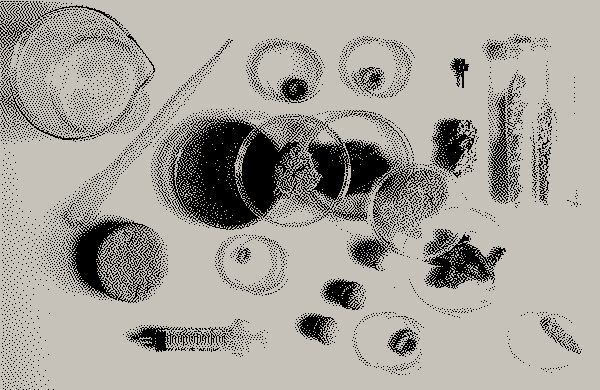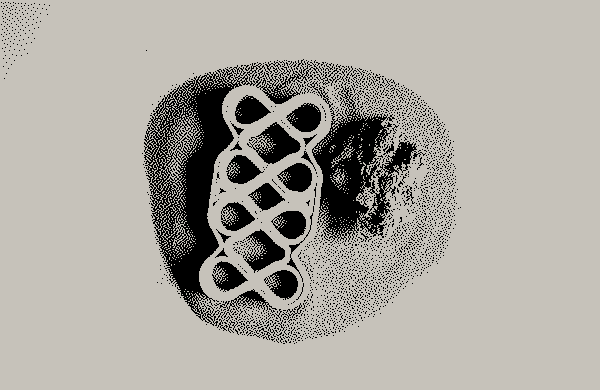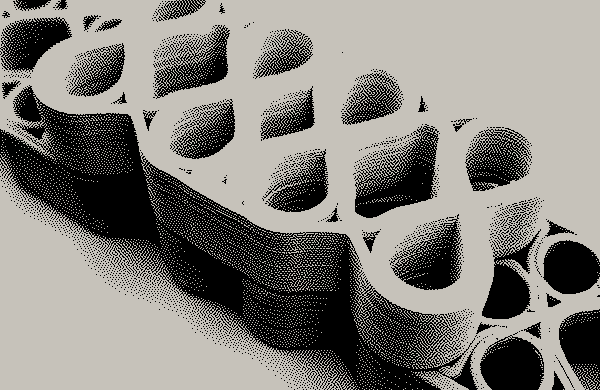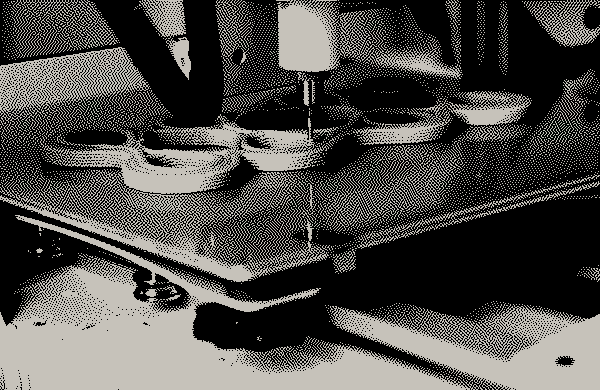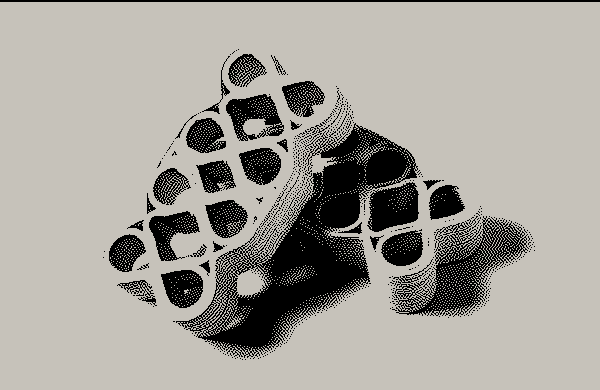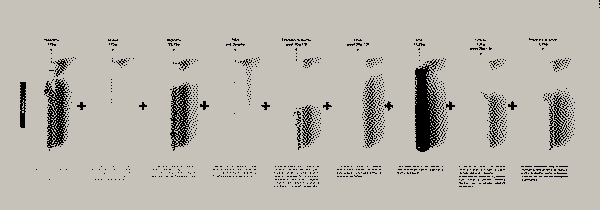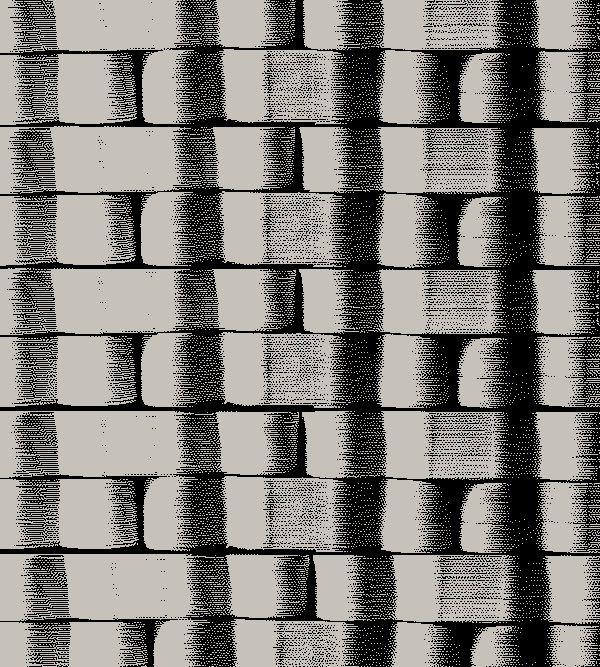ARCUAS
material design for a sustainable mars colony.
Description
The human-induced climate escalation has ushered in a new era of technological innovation, driven by the ambition to colonise Mars for the possible survival of mankind. In this context, the project investigates the introduction of a new material called ARCUAS, which combines biology and design: a bio-based compound that is born from the combination of selected bacteria and Martian regolith available on the entire surface. The aim is to explore and experiment with the potential of this material, by designing complex and customised objects directly on the planet using additive technology. Through two lenses, the research has adopted a systemic design approach to maximise effectiveness in the Martian colony ecosystem and biomimetic, exploiting internal waste and bacteria to generate recyclable and low environmental impact objects. The material is the result of a selection of scientific research investigating the bacteria sporosarcin pasteurii, for its rapid process of biomineralization through the precipitation of calcium carbonate in calcite. Such research usually focuses on the analysis of biological aspects related to the bacterium, which are only applied later to a production technology, with little success. Instead, through the designer’s eye experimentation wants to start with technology, LDM printing, which poses the main constraints for the design of this microgel loaded by bacteria. After identifying the elements which affect the printability of this material, namely sand, water and alginate, the assays, the grain size of the sand and the preparation process were determined by empirical testing. Then a second phase aimed at identifying, by means of a reference model, those which are the parameters and printing modes that allow to identify the right settings for the design. With the results obtained, a design space was created: a paper medium called design passport, which contains within it the guidelines for printability, but also real laws to guide future designers in design. This allowed us to test on a type of artefact, both the material and the process of metamorphosis through laws, so as to evaluate the path and identify opportunities and limits. The brick, the object taken as a representation of the assessment, showed not only the feasibility of the process but also the opportunity to improve our planet. The material is in fact predisposing to any type of rocks and bacteria because it was designed to be compatible with life on Mars and on Earth, which due to global warming is inexorably desertifying. Through the technological migration and large-scale application of the material to traditional bricks, it is possible to reduce CO2 emissions by 2.7% worldwide due to cooking in large furnaces, which are no longer needed. There is also a chain effect that improves the health implications for workers, air pollution from particulate matter and energy consumption itself. Using the earth sand would avoid the depletion of clays and deforestation of the territory given a greater efficiency in recycling, where the waste would be reintroduced into the dough, unlike what happens today with bricks. ARCUAS is therefore an innovative and sustainable solution for creating objects on both Mars and Earth. Through the integration of biology, technology and design, this thesis aims to contribute to space exploration as well as to improving the habitability of our planet by reducing our industrial impact.
